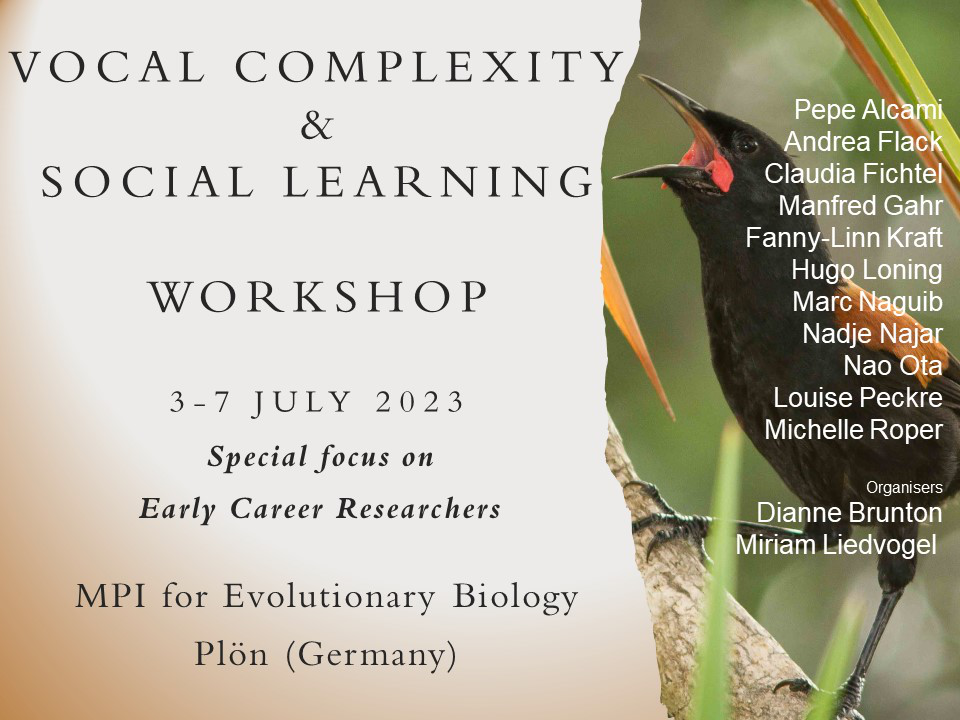Speaker
Description
Songbird vocal communication ranges from simple, monosyllabic sounds through to complex song. Birdsong has generally been thought to be a male trait that is used only in the breeding season to attract mates and defend territories. However, we now know this is no longer a representative definition of birdsong as we are finding more species that sing year-round and have female song. This raises the question as to whether we can still rely on other features of birdsong, such as high complexity, to distinguish whether a songbird’s vocalisation is classed as a song. I aimed to explore whether measures of vocal complexity can distinguish between songs and calls within the honeyeater family, a large and diverse Australasian songbird clade. Of those with described vocal behaviour, 41 species are said to produce song and 41 species are song-less. I predicted that higher vocal complexity would correlate with a vocalisation classed as a song, but this was only supported for some measures of vocal complexity. By comparing vocal complexity with song presence, I will discuss whether this is an appropriate method to define song. This is especially important for large studies understanding the evolution of birdsong and the applicability of the term ‘song’ across taxa.
The novel songbirds’ vocal organ, the syrinx, is also thought to play a role in why songbirds sing complex song. Fundamental frequency is one measure of complexity that has been highly linked to syrinx size. However, nothing is known on whether this relationship occurs across species and sexes at the family level. I will discuss the implications of preliminary results and what this may mean for the evolution of complex vocalisations within the songbirds.

